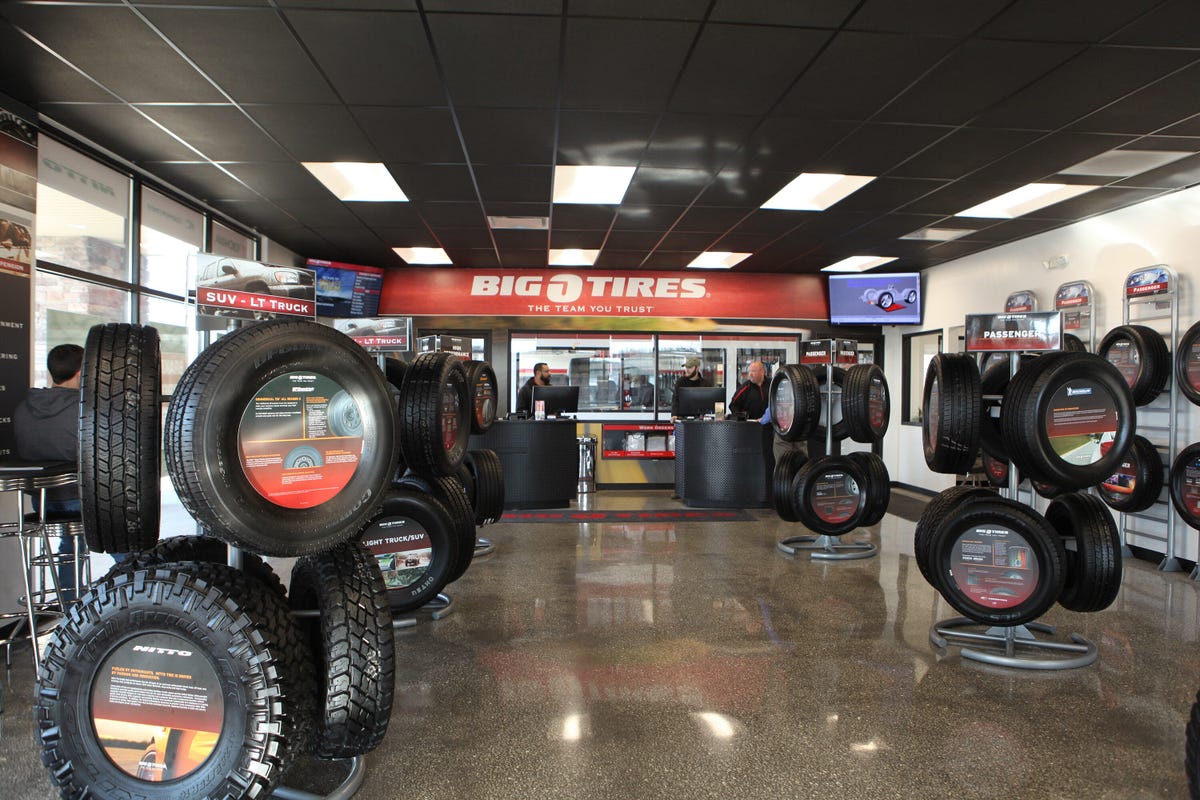Tire Solution: Recognizing Tire Stress Monitoring Solutions
Comprehending Tire Pressure Monitoring Solutions (TPMS) is a critical aspect of maintaining optimal vehicle efficiency and safety on the roadway. With innovations in vehicle technology, TPMS has become a common feature in contemporary cars, supplying real-time details on tire stress degrees.

Value of TPMS
The importance of Tire Pressure Monitoring Equipments (TPMS) depends on their capacity to improve automobile safety and performance via real-time tracking of tire stress degrees. Preserving the right tire stress is critical for making certain optimal handling, stopping, and general security of an automobile. TPMS provides vehicle drivers with prompt responses on any overinflated or underinflated tires, permitting for prompt adjustments to be made.
Parts of TPMS
Sensing units are usually located in the tire shutoff stem or affixed to the wheel assembly, where they measure tire pressure and transmit data to the control component. Some advanced TPMS designs additionally present the real tire stress analyses for each tire, providing motorists with real-time details to make certain ideal tire efficiency and safety. By checking tire pressure continually, TPMS aids prevent accidents, lowers tire wear, and improves fuel effectiveness, making it an essential component for lorry security and efficiency. mopar tire service specials.
Kinds of TPMS

On the other hand, indirect TPMS relies upon the lorry's wheel rate sensing units to keep an eye on tire pressure. This system detects underinflation by contrasting the rotational speeds of the wheels. Indirect TPMS is less expensive than straight TPMS, as it utilizes existing sensors within the automobile.
While straight TPMS uses much more accurate analyses, indirect TPMS is simpler in style and normally requires much less maintenance. Both systems have their benefits and constraints, and the choice in between them frequently depends upon factors such as price, car make, and individual preference. Understanding the distinctions in between these two sorts of TPMS can aid vehicle proprietors make educated decisions regarding tire maintenance and security.
TPMS Upkeep Tips
Conduct regular checks on the tire pressure degrees and compare them with the TPMS analyses to guarantee they are constant. Throughout tire rotation or replacement, make certain that the TPMS parts are taken care of carefully to stop any type of potential damages. If the TPMS warning light illuminates on the dashboard, attend weblink to the concern quickly by examining the tire stress and the total system for any type of faults.
Advantages of Proper Tire Pressure
Maintaining correct tire stress, as highlighted in TPMS Upkeep Tips, is critical for enjoying the many advantages linked with optimal tire pressure levels. One of the primary benefits of maintaining the proper tire pressure is improved gas performance. When tires are appropriately inflated, there is much less moving resistance, leading to better gas economy. Additionally, correct tire pressure makes sure even tire wear, expanding the life-span of the tires and promoting safer driving conditions. With the ideal tire stress, lorries also have far better handling and traction, particularly in adverse weather condition conditions. This can improve total driving efficiency and safety for the chauffeur and passengers. Preserving optimal tire pressure can contribute to a smoother and more comfortable adventure by decreasing resonances and noise caused by underinflated tires. To conclude, the advantages of proper tire stress go beyond just tire long content life; they encompass improved fuel performance, enhanced security, far better car performance, and overall driving comfort.
Final Thought
Finally, comprehending tire stress tracking systems (TPMS) is vital for preserving ideal tire pressure and making sure automobile safety and security. By recognizing the value of TPMS, recognizing with its parts, recognizing the different kinds available, sticking to proper upkeep pointers, and recognizing the benefits of preserving correct tire stress, drivers can improve their driving experience and lengthen the lifespan of their tires. Proper tire pressure is key to safe and reliable automobile operation.
